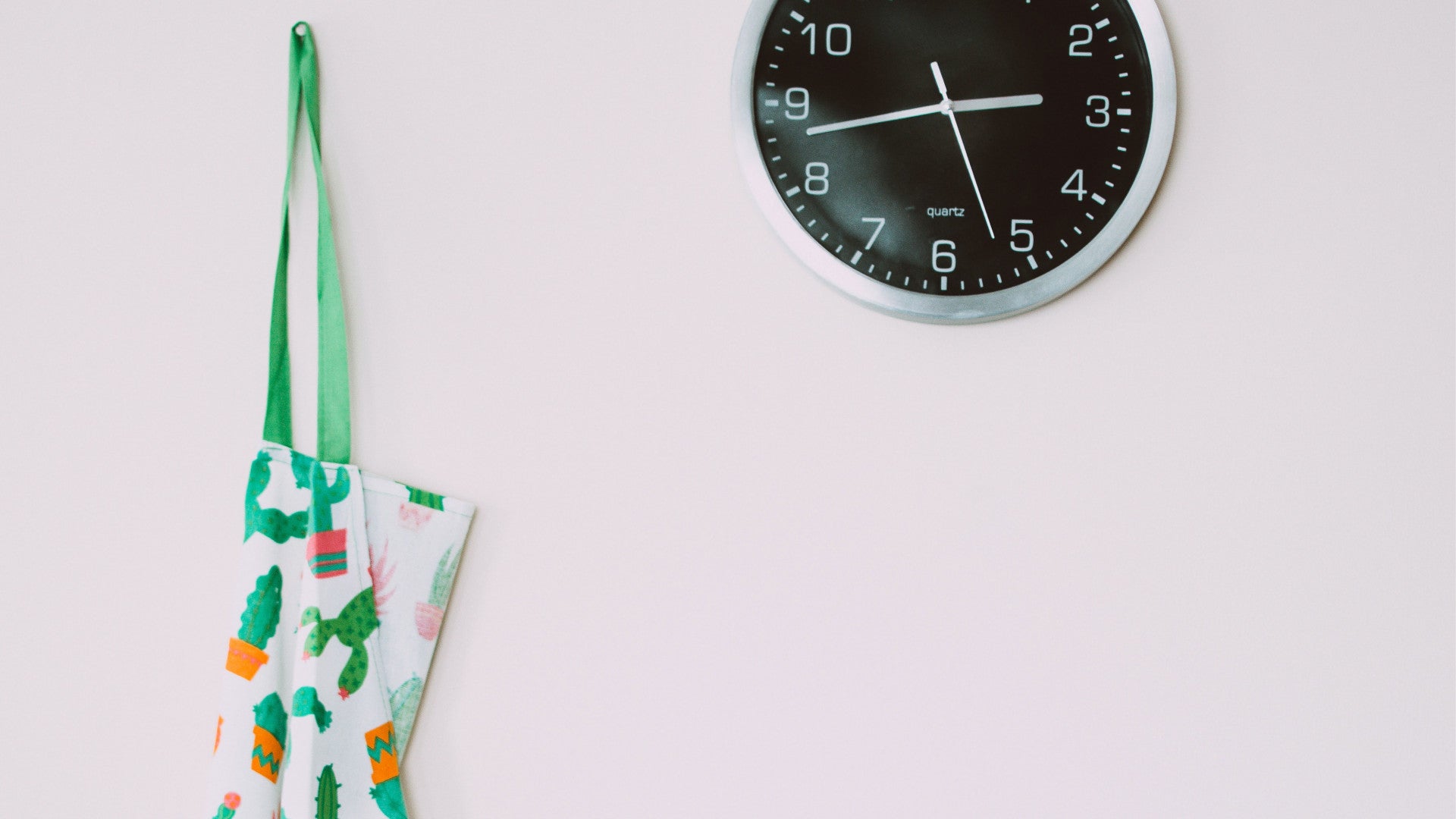

Injera: Without a Delicious Doubt, Your New Favourite Teff Recipe
There are so many amazing dishes to make with teff. However, we’ve had more than a few people ask us how to make injera. Luckily, as with most Teff recipes, it’s incredibly easy and delicious!
What Is Injera?
Injera is a staple of Ethiopian cuisine. Just as some countries use bread in place of utensils, Ethiopian food isn’t complete without a healthy portion of this sour bread on the side.
Interestingly, there was a bit of a legal tussle over teff that was settled back in 2014. In 2003, Dutchman Jans Roosjen filed a patent as the inventor of teff flour (the main ingredient in injera), much to the dismay of Ethiopians, who have been eating teff for over 2000 years. Luckily, a Netherland’s court ruled the patent “lacked inventiveness” and the patent was thrown out.
In 2006, Ethiopia actually banned the export of raw teff over fears of a food crisis (they still exported injera). Thankfully, the ban was lifted in 2015, so we can all make delicious homemade versions again.
How To Make Injera
We know you’re hungry, but when it comes to injera, you need to be patient. While the recipe is simple, there is some waiting involved. Trust us though, it’s worth it.
Let’s dive in:
The First Steps
-
Mix two cups of teff flour with three cups of water.
You can use any type of teff flour you want for injera! Ivory teff is lighter if you’re new to the food and brown teff will give you a deeper, more traditionally Ethiopian injera. You can also substitute part of the recipe with regular flour to make it easier to work with.
-
Loosely cover your mixture with plastic wrap.
When covering the mixture, make sure it isn’t airtight. You want some oxygen getting in, just not anything else! Let the mixture ferment for at least four to five days. The longer you let it sit, the stronger the flavours will be.
Almost There
-
Pour away the top layer and liquid.
The top layer that has formed is called aerobic yeast. It might look like mold, but don’t worry, it’s not! If mold did form, you’ll have to throw it all out and start from scratch. Once the top layer and all the liquid is gone, you should be left with a bowl full of batter.
-
Add a ½ cup of the batter to one cup of boiling water.
Take some of that fermented teff batter and add it directly to a boiling saucepan of water. Keep stirring until it thickens.
-
Stir thickened batter back into the original mixture.
You may have to add some more water to the mixture to get the right consistency. You’re not looking for a thick batter here. It should be slightly thicker than crepe batter.
Get Cookin’
-
Pour the batter onto a non-stick pan on medium.
If you’ve got a really good non-stick pan, great. If not, you’ll want to use a very small amount of oil.
-
Watch for bubbles, turn the heat off, and cover.
Once you start seeing bubbles start to pop, it's time to let the mixture steam and put the lid on. There’s an art to removing injera at the right time. If you mess it up, don’t worry, that’s why you have more batter! You’ll get the timing down in no time.
What To Eat With Injera
You did it! You’ve waited days to take your first bite, but don’t go chomping down just yet. Injera is only as good as the food you eat it with!
The texture of injera makes it the perfect companion for stews and sauces. You can always jump borders and add it to whatever you like, but it’s hard to top its pairings with traditional Ethiopian dishes. Marinate some meat in Berbere or cook up a hearty bowl of wat (the Ethiopian term for stews or soups).
Our mouths are just watering thinking about all this food. Excuse us, we have some injera to make.
